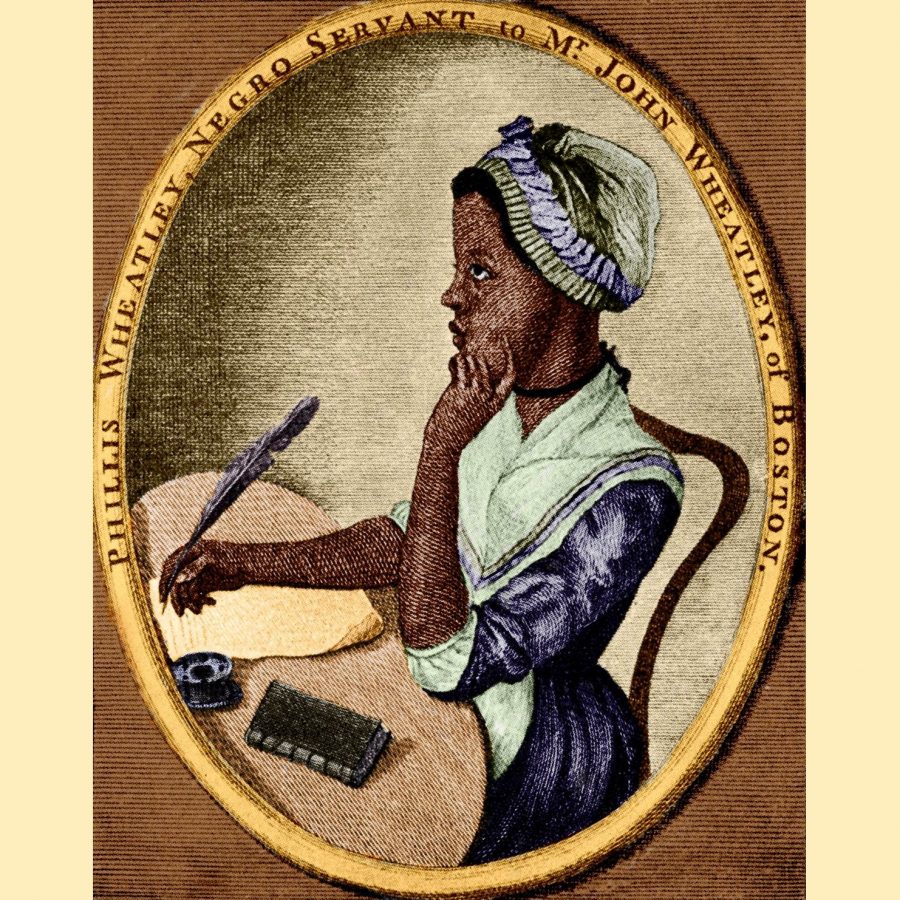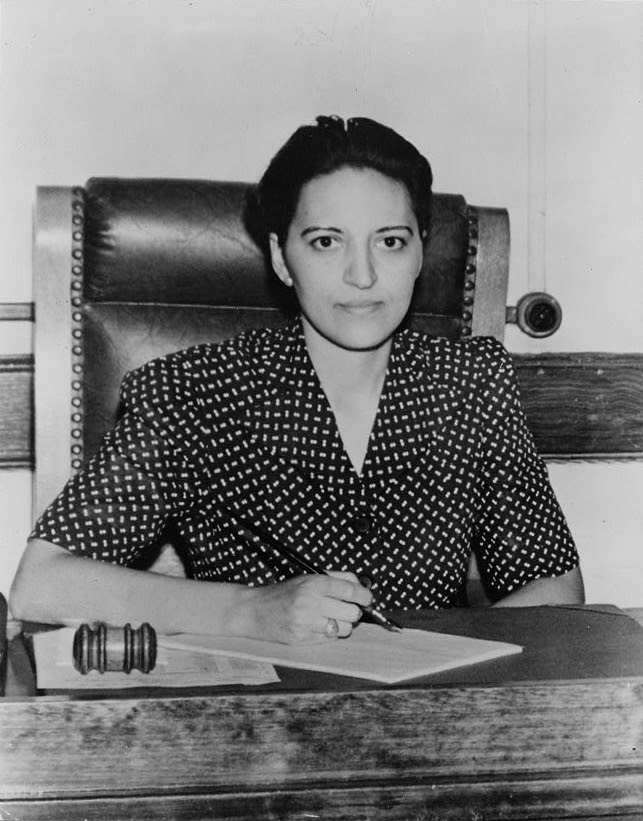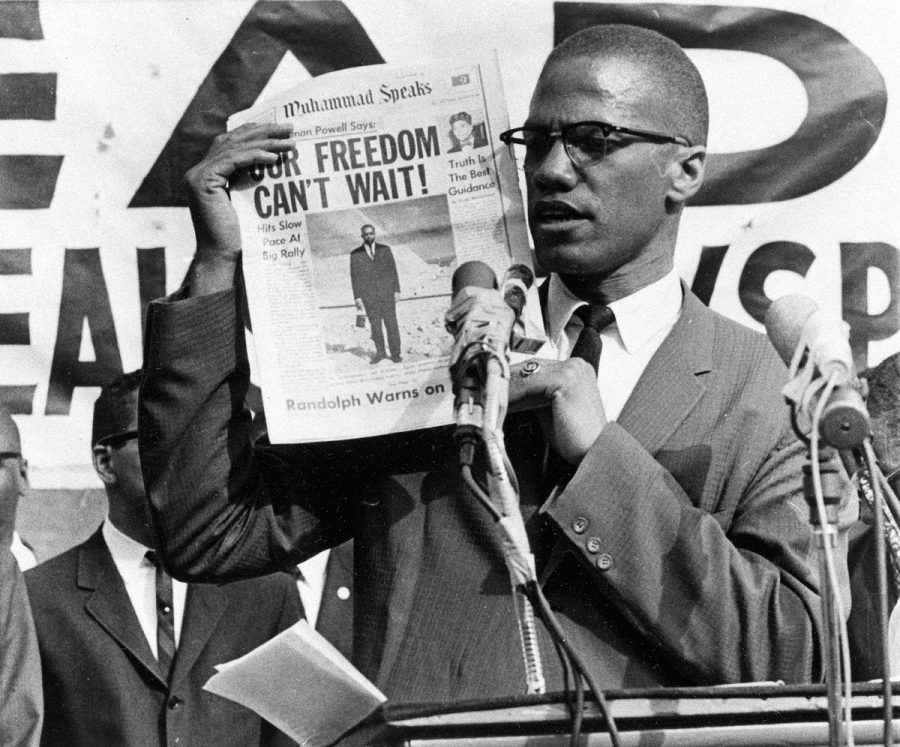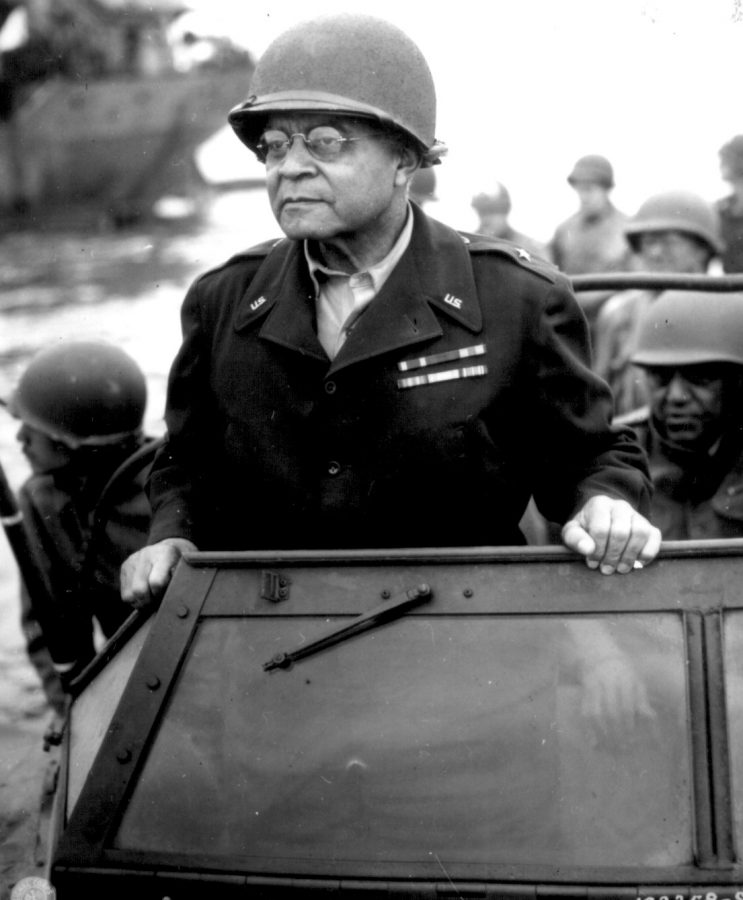Figures in Black History
The recent increase in exposure of racial equality groups and social justice movements continues to underline the gap that past progressives have struggled to bridge since the country’s institution. To mark February’s Black History Month, take some time to learn about these six significant figures in Black history.
Phillis Wheatley (1754-1784)
Born in 1754 and enslaved after being kidnapped from her home in West Africa at the age of eight, Phillis Wheatley rose to fame as the first African American woman and third woman in America to publish a book of poems. At a young age, Wheatley was educated by the Wheatley family, a white family that purchased her as a personal servant. After taking her in, they recognized her intelligence and literary talent. Many of Wheatley’s works were elegies about important English and colonial figures, including the poem that propelled her to fame. Wheatley’s “An Elegiac Poem, On the Death of the Rev. Mr. George Whitefield,” published when she was just 16, garnered national attention, due to her sophisticated language and ideas, even though the structure of her poem was fairly standard. Wheatley is also known for having written a poem praising George Washington, for which she received great praise and an invitation to Cambridge for tea.

Claudette Colvin (1939-present)

Alongside Martin Luther King Jr., Malcolm X was one of the most high profile figures during the Civil Rights movement of the 1960s. He was born Malcolm Little to a family of civil rights activists. Years after his house was burned down by the Klu Klux Klan, Malcolm X was sentenced to 10 years in prison in 1946 for robbery, where he would begin his study of the Islamic religion and eventually change his surname to ‘X’ to represent his lost African heritage. Often taking a more extreme approach than King, Malcolm X rejected the nonviolent approach in his messages of Black equality and Black nationalism. His doctrines are known to have advocated ideas of racial separatism, based on the idea that African Americans must create their own communities. He felt that the African American community could not rely on any other communities for assistance. However, after his exit from the Nation of Islam and pilgrimage to the Mecca in 1964, he abandoned this stance in favor of a more moderate view of “a working unity among all peoples” that still centered around the self-reliance of the Black community. He continued to promote equality for Black people and other minorities with the creation of the Organization of Afro-American unity later on in 1964, and advocated that African Americans should be educated about their history until his assassination in 1965.
Jane Bolin (1908-2007)

From an early age, Jane Bolin worked to address the social injustice commonly faced by repressed minorities throughout the country. Known for her trailblazing social advances during the Civil Rights movement, Bolin is recognized as the first Black woman to graduate from Yale Law School, to join the New York City Bar Association and become a judge in the United States. Bolin was a lawyer for four years and worked for New York City before she was sworn in as a judge by New York City Mayor Fiorello La Guardia in 1939. During her years on the bench, Bolin managed to make two critical changes to the way the New York government handled subjects dealing with race and ethnicity. Her most well known achievements are managing to put an end to segregation in child placement facilities, and stopping discrimination based on race and ethnic background in the assignment of probation officers to cases.
Malcolm X (1925-1965)

Alongside Martin Luther King Jr., Malcolm X was one of the most high profile figures during the Civil Rights movement of the 1960s. He was born Malcolm Little to a family of civil rights activists. Years after his house was burned down by the Klu Klux Klan, Malcolm X was sentenced to 10 years in prison in 1946 for robbery, where he would begin his study of the Islamic religion and eventually change his surname to ‘X’ to represent his lost African heritage. Often taking a more extreme approach than King, Malcolm X rejected the nonviolent approach in his messages of Black equality and Black nationalism. His doctrines are known to have advocated ideas of racial separatism, based on the idea that African Americans must create their own communities. He felt that the African American community could not rely on any other communities for assistance. However, after his exit from the Nation of Islam and pilgrimage to the Mecca in 1964, he abandoned this stance in favor of a more moderate view of “a working unity among all peoples” that still centered around the self-reliance of the Black community. He continued to promote equality for Black people and other minorities with the creation of the Organization of Afro-American unity later on in 1964, and advocated that African Americans should be educated about their history until his assassination in 1965.
Benjamin O.Davis Sr. (1880-1970)
If it were not for Benjamin O Davis Sr., the integration of the U.S. Army would have taken much longer than it did. Davis, who would become the first African-American brigadier general in the Army, began his military career during the Spanish-American War in 1898 after completing cadet training in high school. In two years, he was promoted to sergeant major and commissioned second lieutenant, where he was later stationed in Liberia and the Philippines teaching military science in an attempt by higher-ranking military officials to bar him from receiving any promotions that would give him higher authority than any white troops or officers. In 1940, President Franklin Delano Roosevelt promoted him to brigadier general. During World War II, Davis was assigned to a special unit in Europe where he was in charge of mediating racial conflict and making sure that other soldiers of color would not be looked down upon due to their racial or ethnic background. His promotion of racial integration policies, later on, led to his assistance in a successful diversification and integration program with the European Theater, in which he served as an advisor on race relations. In 2019, the U.S. Air Force Academy’s airfield was named in his honor.

Colin Kaepernick (1987-present)

On Sept. 1, 2016, San Francisco 49ers quarterback Colin Kaepernick made waves across the globe by taking a knee during the National Anthem at the peak of his career. For Kaepernick, who had been playing with the 49ers since 2011, this was not the first time he had protested against police brutality and racial injustice. He originally took a more subtle form of resistance by sitting on the bench out of uniform in several games during August as a way to bring attention to the shootings of unarmed Black men that happened during that summer. However, it was the gesture of kneeling, meant to show respect in the way that soldiers kneel at the graves of their comrades, that helped spark the growing flames of protest against racial injustice which continues to be stoked today. In fact, a derogatory remark by President Trump about Kaepernick’s actions created a wave of social activism from athletes in 2017, during which many athletes of all races supported Kaepernick by also kneeling during the National Anthem. Since his release from the 49ers at the start of the 2017 league season, Kaepernick has yet to be signed by any other NFL team.
Your donation will support the student journalists of Diamond Bar High School. Your contribution will allow us to purchase equipment and cover our annual website hosting costs.


